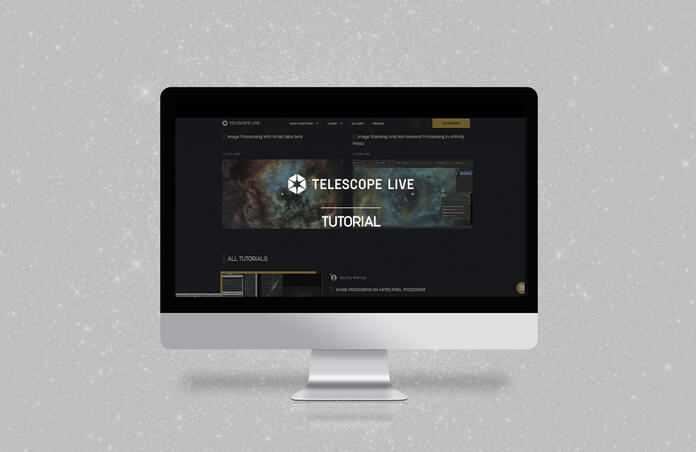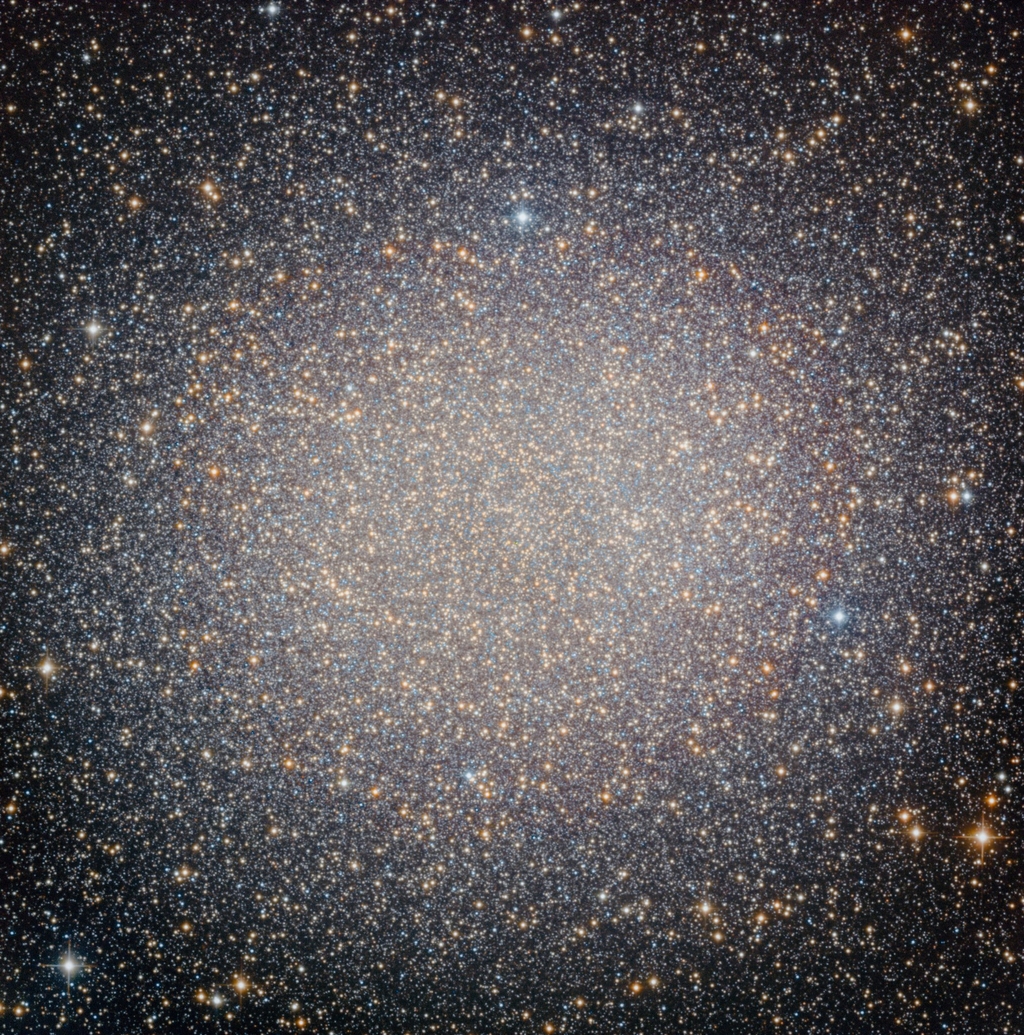Using the Tutorials at Telescope Live

I am sitting here at home on this rare clear night and I have scopes out there capturing the comet, the moon, and globular clusters. Speaking of globular clusters, I imagine many of you are like me and had a tendency to blow the cores out of your globulars. I could control them to some degree, but the cores would end up brighter than I liked. The newsletter we get each week had something in it that caught my eye. A tutorial on keeping the cores of globular clusters down! It was this one: https://telescope.live/.../post-processing-globular... by Bernard Miller Astrophotography and let me tell you, it is really easy, but extremely effective.
That brings me to my point. On Telescope Live there are some excellent resources for use. Plenty of tutorials that tell you how to do so many things to help you along in your astrophotography journey. https://telescope.live/tutorials
If you are wondering how all of these nice images you see are made I would recommend going through this stuff and checking it all out. There are a wide range of techniques and they cover multiple programs used for astrophotography. If you find a little extra time and you have some data to work over then why not browse what is there? You may learn something. I know I did!
No matter how good you are, there is always someone who can teach you in this hobby. Speaking of being taught a new thing, here's my result on Omega Centauri using the tutorial to get the initial stretching out of the way. The stars are nice and clear even in the core of it! Here is where you can get this data and give it a try for yourself. https://app.telescope.live/click-grab/all?target=Omega%20Centauri

This blog post was originally published in our Telescope Live Community.
The Community represents Telescope Live's virtual living room, where people exchange ideas and questions around astrophotography and astronomy.
Join the conversation now to find out more about astrophotography and to improve your observation and post-processing skills!
